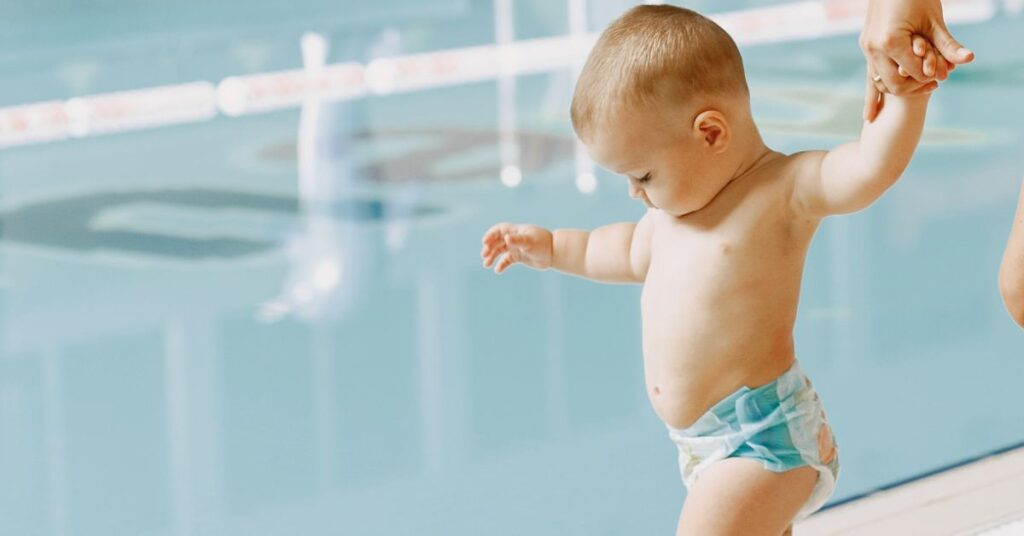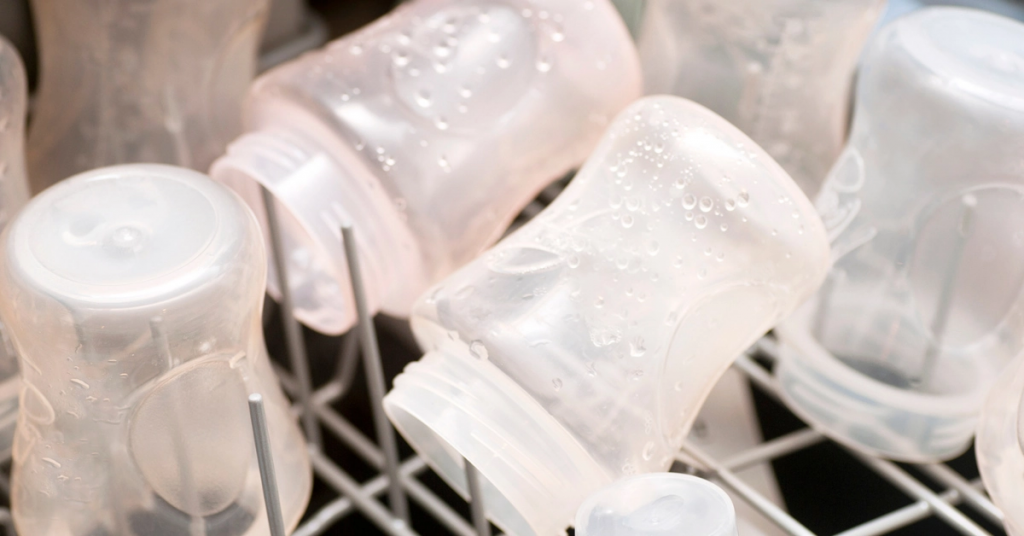Wondering if you should swaddle your baby for naps? Wonder no more! Get all the info on nap time swaddling and more. in this guide .
The products mentioned on this page were independently selected by Babycious editors. As an Amazon Associate, Babycious may earn a commission from qualifying purchases.

Photo by Gerad Noble from Pixabay
There is a hot debate surrounding swaddling babies for naps. Some parents just swear by it, while others find it much easier to just pop their baby in the crib or bassinet without swaddling first. Will your baby sleep longer if swaddled during nap time?
When it comes to naps, swaddling often helps babies to settle down. The snugness of the swaddle can help to soothe and calm baby, making it easier for them to drift off to sleep even if they are fighting sleep. However, if your little one is already asleep then there’s no point in disturbing them by putting them in the swaddle and risking waking them up, especially if your baby doesn’t seem to startle themselves awake after being put down.
With my daughter, we started swaddling for all naps and nighttime around 4 weeks old. Prior to that, she used to just randomly fall asleep throughout the day and we let her be. It wasn’t until we started introducing a nap schedule and began actively putting her down for naps during the day that swaddling naturally became a part of our nap routine. Swaddling helped her sleep longer during naps because otherwise, she would constantly startle herself awake. You can check our step-by-step swaddling guide to be sure you’re doing it right.
Fitting the Swaddle Into Your Baby’s Nap Routine
Naps are incredibly important for your baby’s healthy growth and development. A nap schedule can help baby sleep better overall, and swaddling can be a part of that if you find it works for your little one.
The first thing you need to do is to start watching for your baby’s sleepy cues.
When you see them starting to yawn, rub their eyes, or get fussy, that’s usually a sign that they’re getting tired and are ready for a nap. Once you’ve determined that it’s time for a nap, you can start the nap routine. There are no set rules for what a nap routine should be, but some parents find it helpful to keep it short and sweet. For example, you may want to change your baby’s diaper, swaddle them, and then put them down in the crib or bassinet drowsy but awake.
Keep in mind that it’s easy to fall into a nurse-to-sleep association if you add a feed right at the end of your baby’s nap routine. To avoid forming this pattern, try rocking your baby instead of nursing at the end of the routine.
When it comes to implementing a nap schedule, you might identify a sleeping pattern and work with it but it could take some time before you notice a pattern. Personally, I learned about the 2-3-4 nap schedule right around when I started swaddling my daughter for naps and loved how simple and easy it is to implement.
The basic premise is that you put baby down for their first nap two hours after they wake up from their morning nap. Then, they have their second nap three hours after waking up from the first nap. And then, after four hours after waking up from the second nap, it’s bedtime! If your baby wakes up at 7 am, the 2-3-4 schedule would work out so that the first nap is around 9 am, and then 1 pm leaving the bedtime at 7 pm.
If your baby is anything like my daughter was, they will likely appreciate having a structure to their day with regular naps. Swaddling can help baby sleep longer and deeper during these all-important naps. Just be sure to listen to your baby’s cues and always place them down drowsy but awake so they can learn to self-soothe and put themselves back to sleep.
Giving up The Swaddle
If the nap schedule and swaddle routine end up working out for you, your baby might eventually develop a sleep association with being swaddled. Such an association is really great until you need to give up the swaddle once your baby starts showing signs of being able to roll over. Rolling over can happen as soon as two to four months for some babies, but usually closer to five months for most. So you want to watch out for those early signs and be prepared to give up the swaddle once your baby hits that developmental milestone.
If it’s (already) time for you to transition out of the swaddle, there are a few things you can do to make it less jarring for your baby. My number one recommendation is to start using a sleep sack! Sleep sacks are a great middle ground between swaddling and not swaddling and will allow you to keep your nap routine as it is while slowly getting your baby used to not being swaddled.
A sleep sack will keep your baby’s arms free (which is important to allow your baby to practice self-soothing and to break free from a compromising position) but will still keep their startle reflexes in check. You can even find sleep sacks with a built-in swaddle so you can still use the gear when you stop swaddling without modifying the nap routine!
Related: Woolino Sleep Sack Review: Is It Worth the Price?
Final Thoughts
Let your baby guide you. It’s important to take cues from your baby and adapt as needed. If you feel like swaddling your baby brings them more struggle than comfort then you might want to consider giving up the swaddle sooner. If your baby seems to love being swaddled and it’s not causing any problems, then you can keep at it for a bit longer both for naps and for nighttime as long as your baby is not able to roll over yet.
And remember, at that age, the sleeping patterns can change pretty fast, what is normal this week might be out the window the next, so go with whatever works for your baby.
The purpose of this article is informative and educational only. It’s not a substitute for medical consultation or medical care. We do not accept any responsibility for any liability, loss, or risk, personal or otherwise, incurred as a consequence, directly or indirectly, from any information or advice contained here. Babycious may earn compensation from affiliate links in this content.



